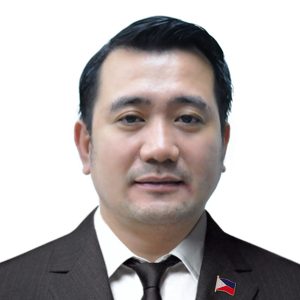
THE Mindanao Development Authority is the agency that provides strategic leadership in pursuing widespread progress for the island.
These are few quick facts about Mindanao.
The island accounts for 36% of the country’s farm area and 43% of the nation’s total farm produce, thus, touted as the country’s food basket.
One could imagine the vastness of Mindanao. Last year, Mindanao contributed 17% to the nation’s GDP. However, concentration of income is still evident in Luzon’s 69%, where NCR contributed 31.7%.
Mindanao’s economy is larger than the Visayas’, making the island as the second largest economy. Dissecting the 17.2% growth rate reveals that Regions 10 and 11 are the two relatively fast-growing regions, are the two relatively fast growing regions, then by Region 12 and Region 9.
The land mass of Mindanao’ at 10.2 million hectares’ accounts for 34% of the nation’s total land size. Given this size, Mindanao is as large as Portugal, Hungary, and South Korea.
This growth configuration is a result of high services orientation of the Mindanao economy.
Though trailing behind in terms of contribution to the domestic economy, the agriculture sector sustained the Mindanao economy, which is why, during the pandemic, the island’s economic contraction was lower than the national.
The agriculture sector, must we say, is our glimmer of hope during emergencies. It is the sector that is hardest to pin down by the pandemic, however the slowest to expand. One proof to that is the strong employment situation of Mindanao while under the pandemic. Employment rates in 2021 ranges from 90.8% in the BARMM to as high as 96% in Region 9. This means that the Mindanao agriculture able to absorb those who lost jobs in the other sectors.
This is an economic character that is unique to Mindanao and to complement with the abundant resources evident in the island.
On this, MinDA designed the Mindanao Development Corridor Strategy to link transportation and improve logistics by connecting roads to ports and airports. We have also identified catalytic projects within the identified corridors that would lead to the natural growth of industries.
The policy designs effective as institutions are clearly purposely carried with specific purpose of interlinking the greater interconnectivity between and among regions.
It is clear that the development plan should include creating an atmosphere to develop investor confidence through consistency in policy-making, use of growth ingredients found in the immediate environment, reduction in production cost, and reliability of macro fundamentals, including power.
All these elevate the island’s status as an attractive destination for public and private investments. The intention is to bring development to the countryside as the urban areas continue to grow, and as a matter of policy, a rural development-urban linkage direction where jobs and industries are created.
There is no other reason why persistent gap between the rich and poor exists amid the abundance of resources, other than the fact, that those who are reasonably well are not doing good for others who have less.
So, we continue to move forward, identify programs and projects, and commit to a bigger and brighter future.
Adrian Tamayo is the head of the Public Relations Division of the Mindanao Development Authority (MinDA). He teaches economics at the Graduate School of the University of Mindanao and currently on a scholarship grant for a Master of Public Safety Administration (MPSA) at the Philippine Public Safety College (PPSC)
